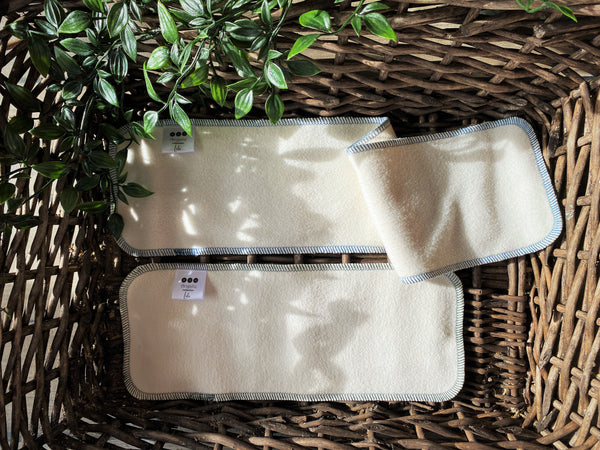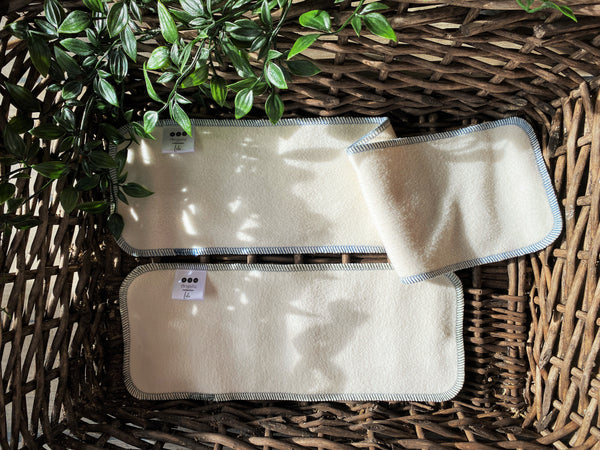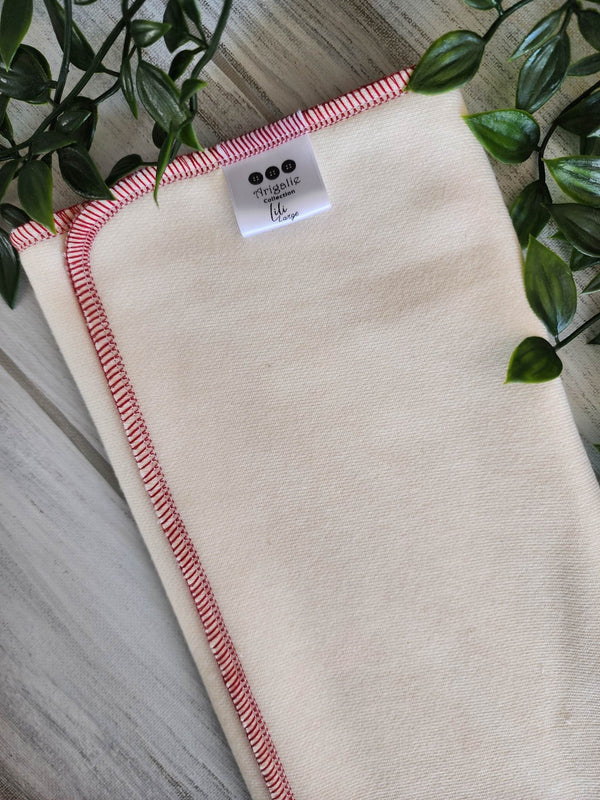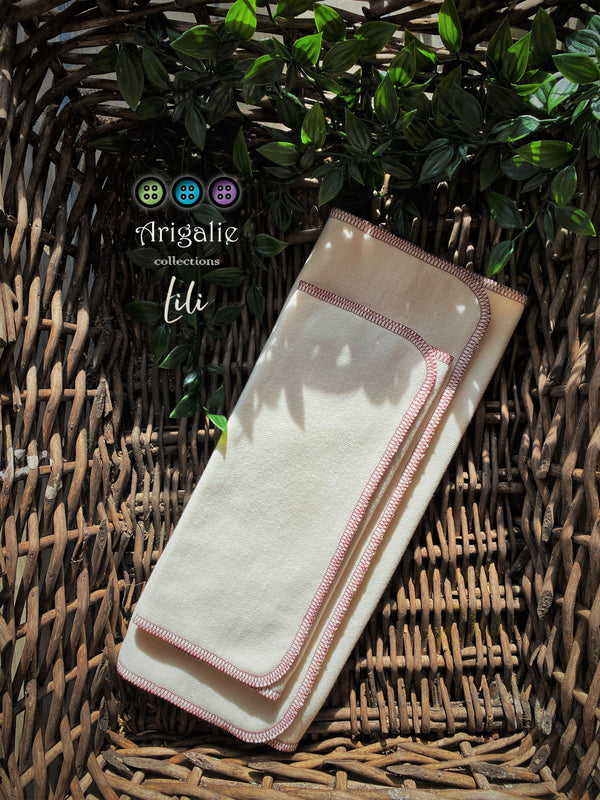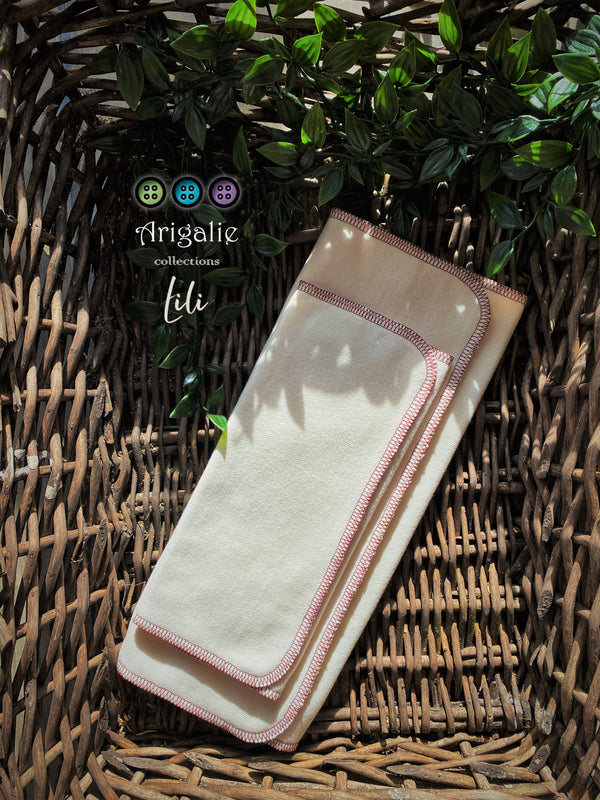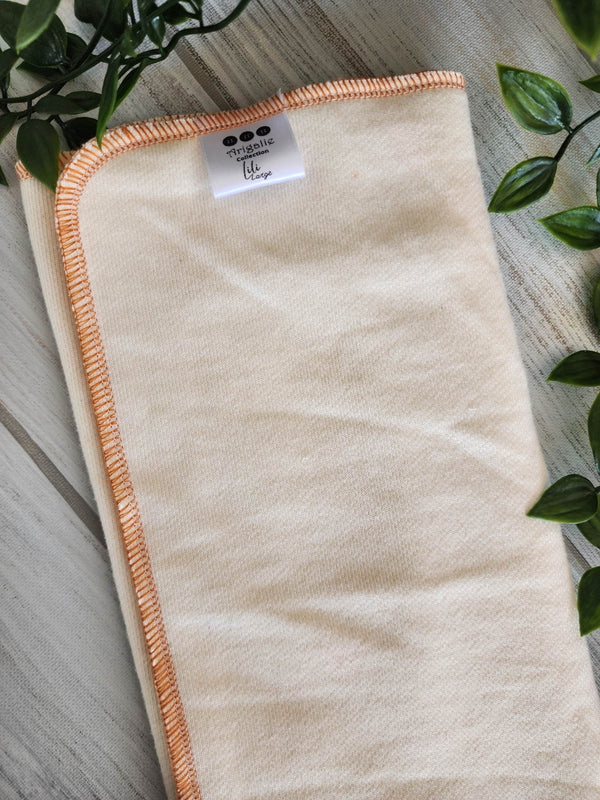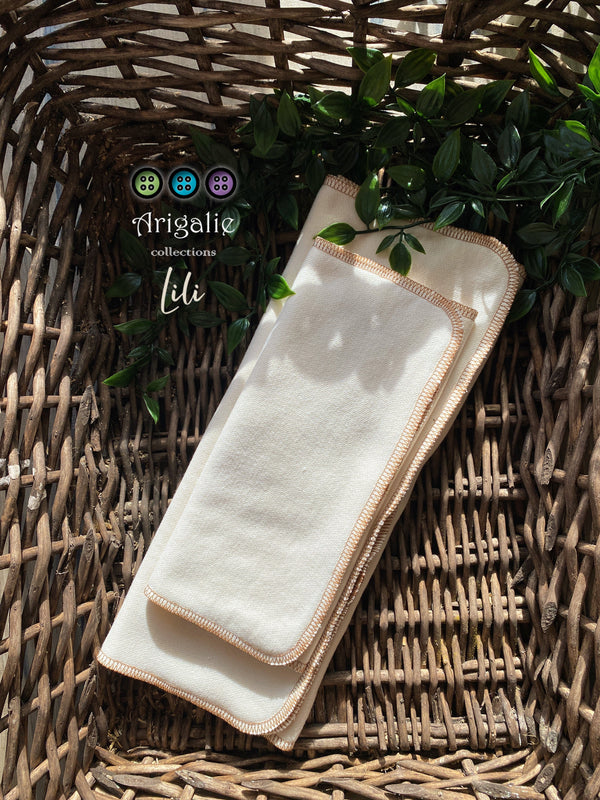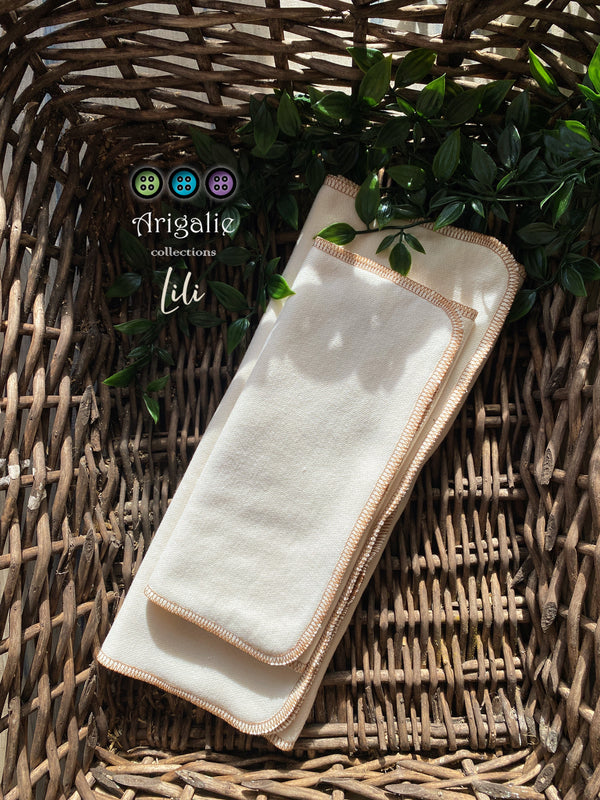Cloth diaper insert
$8.50
$6.50
$16.95
$9.50
$12.95
$19.95
$11.50
$14.95
Les inserts Arigalie en édition Lili - une alliance gagnante
Chef de file dans le domaine de l'absorption pour couches lavables, Arigalie vous offre ce qui se fait de mieux en terme de qualité et efficacité lorsque l'on recherche une insertion absorbante haut de gamme, 100% locale.
Une alliance s'est donc formée entre Les Confections Lili et Arigalie pour vous offrir toujours ce qui se fait de mieux dans l'industrie de la couche lavable au Québec. On vous propose donc la meilleure couche lavable de fabrication locale avec le meilleur insert ajusté aux dimensions parfaites de notre couche Lili.
Une alliance gagnante pour une couche performante et sans fuite !
